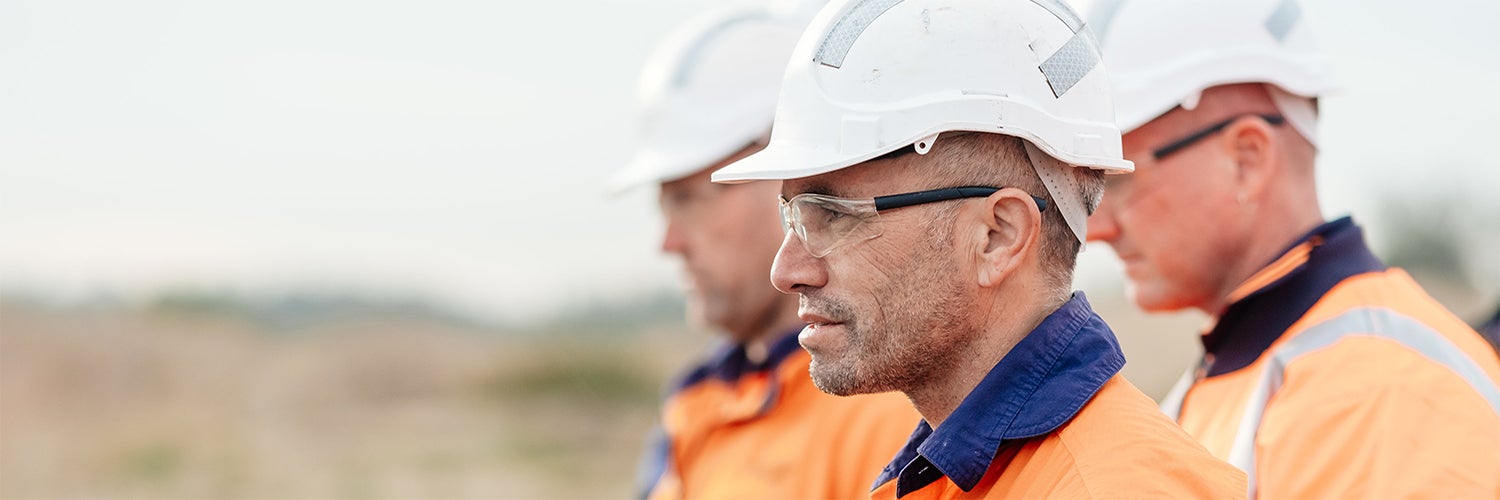Page
Mining industry water use already heavily regulated in NSW
“
It is no surprise to see a report on water use commissioned by the anti-mining group Lock The Gate containing findings against the mining industry.
It is important to put this latest set of claims by this anti-mining activist group into context.
Mining in NSW only accounts for 1.5% of the state’s water use, compared with 49.2% used by agriculture, according to the ABS. And mining only accounts for 0.1% of the state’s land use compared with 76% by agriculture, according to the Australian Collaborative Land Use and Management Program.
Our miners make a significant economic contributor to the Hunter Valley, so it should come as no surprise that our mines hold a reasonable share of the region’s water entitlements for mining operations. The report states the majority of water rights – 77% – are held by other water users.
If this report was indeed authored by a former Greenpeace campaigner then further questions should be asked about its findings and recommendations. Some of the author’s findings indicate they may be unfamiliar with mining and water regulation.
The mining industry is heavily regulated in NSW.
Mines must be licensed for any water they use, just like all other water users, so they’re subject to the same restrictions and the same controls as other users.
The majority of the water used at mines is lower quality water not suitable for other uses such as agriculture. And mines recycle and reuse water onsite, so they’re not competing for higher quality water.
The Hunter River Salinity Trading Scheme has been successfully operating in the region for more than a decade. The current review of the Scheme has found that it has been successful in reducing salinity levels and that water discharges from mines and power stations only represent 10% of the entire salt load of the Hunter River.
More information on the review can be found at epa.nsw.gov.au/licensing/hrsts/regreview. And forget the myths and get the facts on mining and land and water use at landusefacts.com.au.
Contact: Chris Rath

